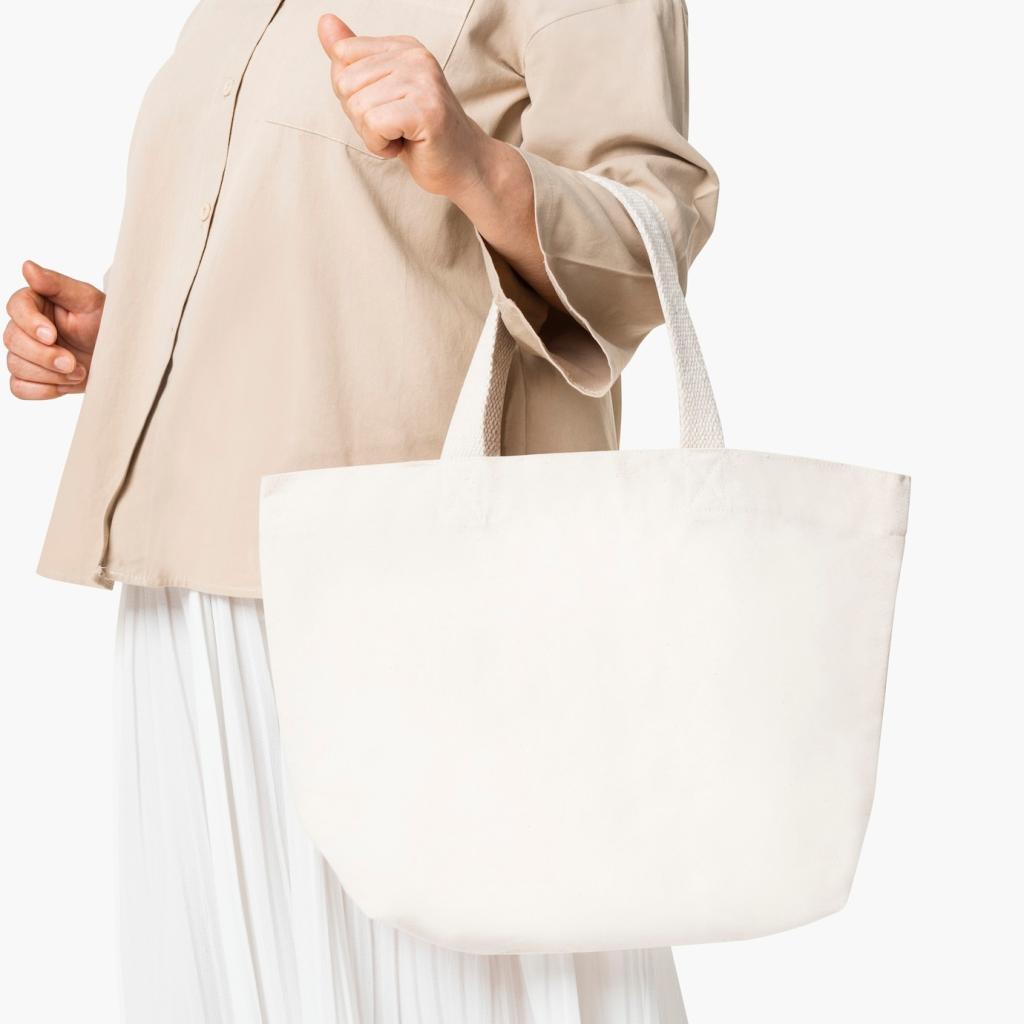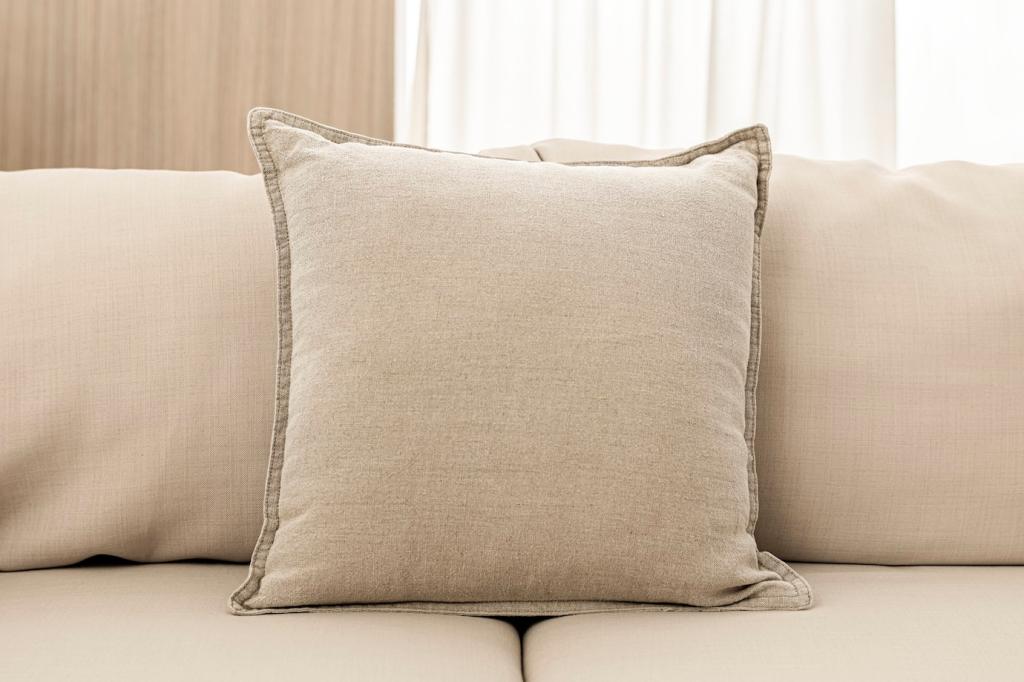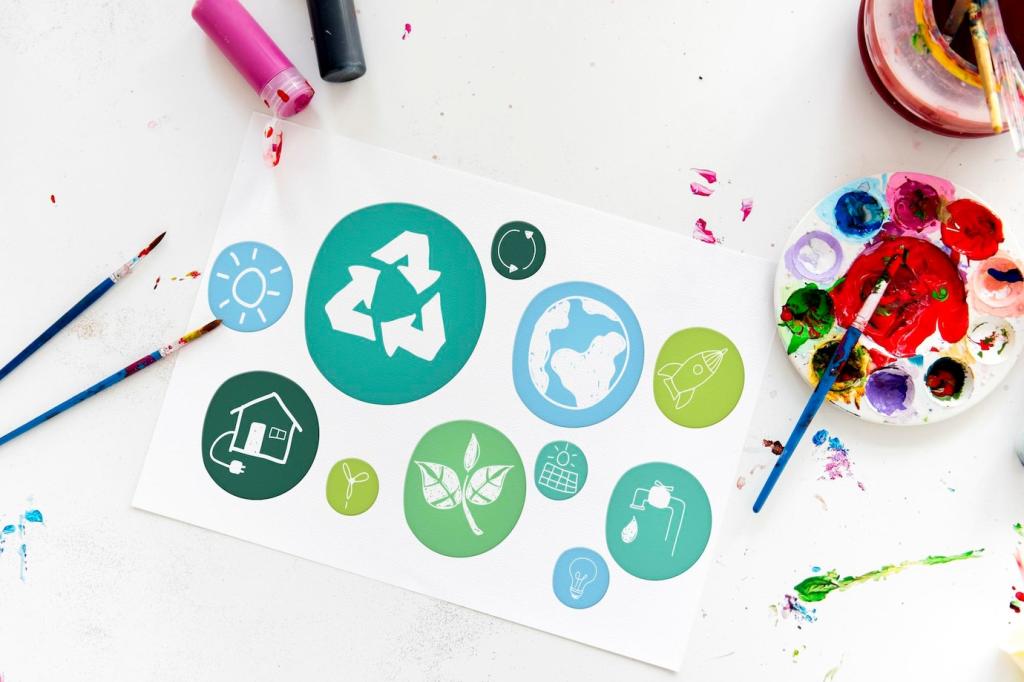
Upcycled Furniture Designs
Upcycled furniture designs represent a creative and sustainable approach to interior décor. By transforming discarded materials and furniture pieces into stylish, functional items, this design trend not only reduces waste but also offers unique artistry for homes and commercial spaces. Upcycling invites a blend of innovation, environmental consciousness, and personal storytelling, resulting in one-of-a-kind pieces that reflect both creativity and responsibility. Discover how upcycled furniture can invigorate your living environment while making a positive impact on the planet.
The Art of Upcycling
The core of upcycling lies in the ability to see potential where others see waste. Designers often repurpose items such as doors, pallets, and drawers, turning them into coffee tables, shelving units, or seating solutions. This process involves a careful evaluation of structure, materials, and form, ensuring the end result is both functional and aesthetically pleasing. Each object’s previous life irrevocably shapes its new incarnation, adding a narrative layer to its existence while minimizing its environmental footprint.

Traditional furniture manufacturing often relies on new raw materials, contributing to deforestation and energy usage. Upcycled furniture, by contrast, repurposes existing items, drastically cutting the need for fresh resources. This reduction in consumption helps preserve natural habitats and decreases associated emissions, making upcycled pieces a responsible choice for the eco-aware consumer. Each salvaged component represents energy saved and landfills spared.
Sustainability Benefits
Unlike factory-produced furniture, upcycled pieces allow for extensive customization. Homeowners can select finishes, colors, and configurations that fit their spaces and lifestyles. This hands-on involvement personalizes the end result, making each piece reflective of its owner’s personality and design sensibilities. Whether repurposing vintage suitcases into side tables or combining mismatched chairs for a cohesive dining set, the creative possibilities are virtually limitless.

Materials Commonly Upcycled
Reclaimed wood is one of the most popular materials for upcycled furniture. Salvaged from old barns, factories, and even pallets, this timber often features unique grain patterns and patinas that can’t be replicated with new wood. Its inherent strength and history make it a favorite among designers who seek warmth, authenticity, and sustainability. The process of selecting, cleaning, and finishing reclaimed wood requires care, but the results are visually striking and environmentally responsible.

Techniques and Innovations
Joinery plays a crucial role in the stability and visual appeal of upcycled furniture. Modern craftspeople might employ traditional mortise-and-tenon techniques or invent their own methods for connecting disparate materials and shapes. The challenge lies in merging worn, sometimes mismatched components into a unified whole that’s both secure and visually coherent. Innovation in joinery elevates basic objects into complex, lasting structures that can bear everyday use with style.
Finishes applied to upcycled furniture serve purposes beyond protection— they also contribute to the visual storytelling of each piece. Distressing, color washing, and layering of paints or stains can highlight the furniture’s origins while lending character. Some artisans employ decoupage or inlays using salvaged paper, metals, or wood, treading the line between art and utility. These finishing choices can dramatically transform simple designs, offering a fresh take with every creation.
Incorporating technology into upcycled furniture is an emerging trend. Charging ports, LED lighting, and smart storage solutions are seamlessly integrated into pieces made from reclaimed materials. The blending of rustic elements with cutting-edge function reflects the evolution of upcycling from an eco-driven craft to a forward-thinking design philosophy. This innovation meets the demands of contemporary life, resulting in furniture that delivers both charm and convenience.

Upcycling in Commercial Spaces
Sustainable Branding
Adopting upcycled furniture enables businesses to visually represent their commitment to sustainability. The story behind each item can be woven into branding materials, resonating with eco-minded customers and differentiating the company in competitive markets. From reception desks made of reclaimed beams to waiting area seating crafted from upcycled barrels, these elements promote transparency and ecological responsibility.
Creating Visual Impact
Upcycled furniture often serves as an eye-catching conversation starter within commercial spaces. Unique textures, colors, and constructions draw in customers and foster memorable atmospheres. Establishments like cafes or boutique shops may employ upcycled counters, tables, or shelving, transforming otherwise utilitarian areas into inspiring environments. The blend of ingenuity and environmental care communicates authenticity, which many patrons appreciate in today’s conscious marketplace.
Enhancing Community Engagement
Beyond aesthetics, upcycling initiatives in commercial settings can have wider social benefits. Companies may partner with local artisans or nonprofits to source and create furnishings, thereby supporting small businesses and community causes. Hosting workshops or educational displays about upcycling engages clients and staff, building loyalty while raising awareness about waste reduction and resourcefulness.
Getting Started with Upcycling
Finding Suitable Materials
The first step in any upcycling project is sourcing appropriate materials. Salvage yards, thrift stores, and even curbside finds can yield high-quality, characterful items ready for transformation. It’s essential to evaluate structural integrity and consider how each component’s history might influence design choices. As you grow familiar with materials and their potentials, your eye for hidden gems sharpens, leading to more successful and satisfying projects.
Tools and Safety Considerations
Proper tools and safety precautions are crucial for successful upcycling. Basic equipment might include saws, sanders, drills, and paints, while more ambitious projects could require welding or advanced woodworking tools. Safety gear such as gloves, goggles, and masks protect against dust, chemicals, and sharp edges. Understanding safe handling and finishes ensures that your final furniture pieces are not only beautiful but also safe and durable for everyday use.
Learning Resources and Inspiration
Numerous resources are available to guide aspiring upcyclers, from online tutorials and community forums to workshops and books. Inspiration can come from design magazines, museums, or simply observing the potential in everyday objects. Connecting with local artisans or sharing projects on social media cultivates a supportive network that fuels ongoing creativity. As your skills evolve, the satisfaction of crafting functional art from overlooked materials becomes an ever-growing source of pride and accomplishment.
